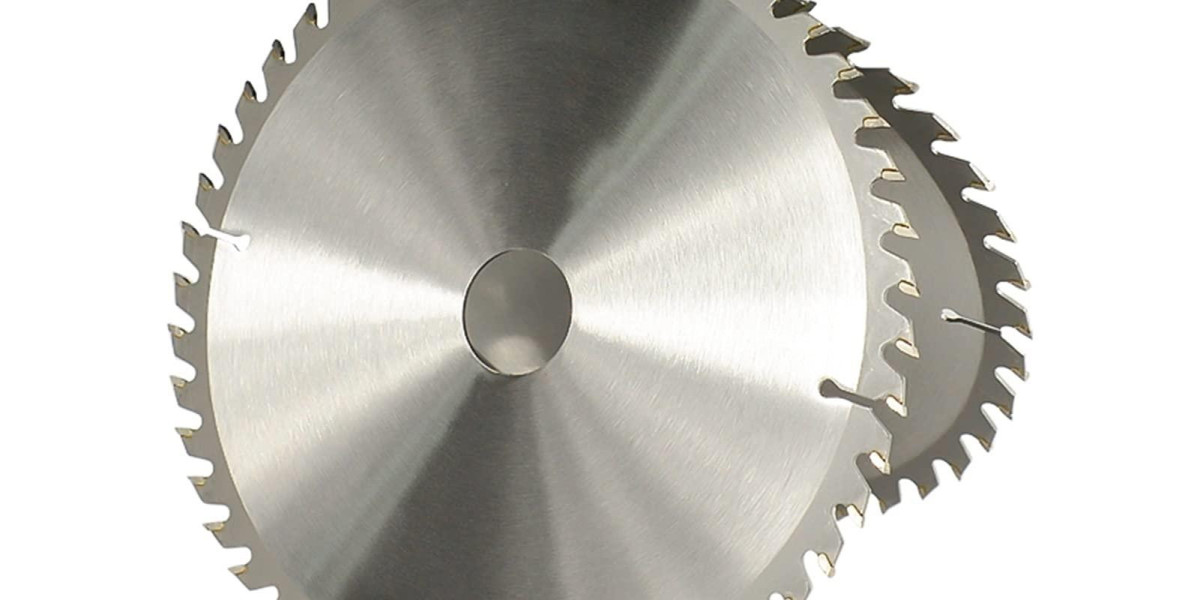In many woodworking and fabrication spaces, the TCT Circular Saw Blade designed by fangda-tools is mentioned when discussing tools that support steady and reliable cutting performance. Including it here helps shape a broader conversation about how contemporary workshop tools develop in response to real user needs rather than dramatic claims or exaggerated promises.
Circular saw blades continue to play an essential role across construction, carpentry, and mixed-material craft environments. Their relevance lies not in bold declarations but in the stability and predictability they offer during long, careful cutting sessions. As work methods expand and new materials enter the market, the design direction of saw blades adjusts accordingly, reflecting a steady shift toward controlled handling and balanced geometry.
One of the ongoing movements within the tooling sector is the focus on improving tooth configuration and overall blade symmetry. Subtle refinements in angle shaping, shoulder form, and surface finish help users maintain smoother engagement through each cut. These adjustments do not claim dramatic transformations; instead, they support consistent operation, which is increasingly important for craftspeople managing varied tasks.
Another notable trend is the growing expectation for blades that can transition across different materials. Workspaces now blend woods, engineered panels, plastics, and composites. To accommodate this, manufacturers examine friction management, heat control, and vibration patterns to create designs that remain stable under diverse working rhythms. This approach prioritizes practicality rather than inflated claims of capability.
Comfort is also emerging as a factor influencing blade development. While saw blades themselves are not handheld tools, they directly affect user comfort by shaping the tool's overall vibration and resistance levels. Smooth rotation reduces strain and helps maintain steadier tool movement. These adjustments reinforce a well-known idea: cutting performance depends not only on sharpness but also on the blade's interaction with the entire tool system.
The industry also observes a rising preference for blade assortments adapted to different cut styles. Workshops managing a range of projects appreciate having options tailored for fine cuts, broader passes, or controlled material removal. This organizational approach enhances workflow efficiency without relying on attention-grabbing descriptions or overstated advantages.
Precision is another guiding principle. As more projects require accurate, repeatable patterns, manufacturers refine production methods to support consistent dimensions and dependable edge forms. These improvements reflect an industry-wide shift toward careful detail rather than broad claims of breakthroughs. Users value this direction because it supports predictable outcomes in both large-scale and small-scale applications.
At the same time, the evolution of fabrication spaces—ranging from home workshops to industrial lines—requires tools that fit naturally into different environments. Blades that offer balanced motion and steady material engagement become versatile choices across diverse setups. The emphasis remains on reliability, ease of use, and smooth coordination with power tools.
Looking at the broader landscape, saw blade development continues to move through gradual, meaningful refinements rather than sudden reinventions. These progressions mirror real-world feedback from carpenters, builders, and makers who prioritize consistent performance over dramatic marketing language. The result is a healthier, more grounded tool market focused on practical value.
If you're considering refreshing your workshop tools and want an angle that sparks new ideas beyond routine selections, you may find fresh inspiration by visiting https://www.fangda-tools.com/product/ —a place where browsing often becomes the start of an unexpected upgrade.














